Gardening Tips for Spring: Cultivating a Flourishing Garden
Are you ready to turn your outdoor space into a lush, vibrant paradise this spring? Well, buckle up because I've got some juicy gardening tips that will have your neighbors green with envy (pun intended!).
I don't know about you, but there's just something about spring that gets my green thumb all tingly. Maybe it's the way the air smells a little sweeter, or how the world seems to come alive with color and energy.
Whatever it is, there's no better time to dive into gardening and create a space that's truly your own. With a little trial and error, and a whole lot of passion, I learned that anyone can cultivate a thriving garden, no matter their experience level.
So, whether you're a seasoned pro or a total newbie, get ready to take your outdoor oasis to the next level.
With these tips in your back pocket, you'll be well on your way to creating a garden that's the envy of the block. So, grab your gardening gloves, put on your dancing shoes, and let's get to work!
Planning and Preparation
Before diving into the planting frenzy, take the time to plan and prepare your garden for the season ahead. Start by assessing your garden space and determining which areas receive the most sunlight, as this will influence your plant selection.
Consider creating a detailed garden layout or design to visualize how you want your garden to look and function. Sketch out your ideas on paper or use online garden planning tools to experiment with different arrangements and plant combinations.
Next, prepare your soil by testing its pH levels and adding any necessary amendments to improve its quality. A soil test kit from your local nursery or extension office can provide valuable insights into your soil's nutrient content and acidity.
Aim for a slightly acidic pH between 6.0 and 7.0 for most plants. If your soil is too alkaline, incorporate sulfur to lower the pH, or add lime if it's too acidic. Clear out any debris, weeds, and dead plants from the previous season to create a clean canvas for your spring garden.
Consider incorporating compost or well-rotted manure to enrich the soil and provide essential nutrients for your plants. Spread a 2-4 inch layer of organic matter over the soil and work it in with a spading fork or tiller.
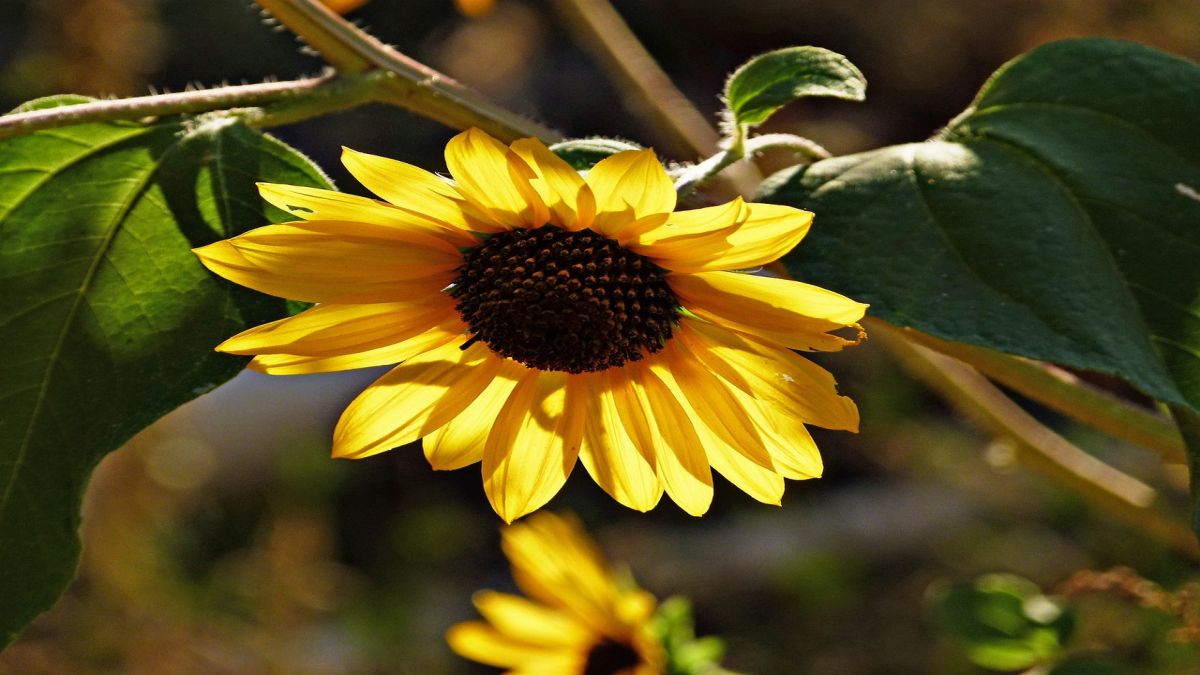
Selecting Plants
When selecting plants for your spring garden, choose varieties that are well-suited to your climate and growing conditions. Consider factors such as sunlight requirements, water needs, and soil type to ensure that your plants will thrive.
Opt for a mix of annuals, perennials, vegetables, and herbs to create a diverse and visually appealing garden.
Annuals like marigolds, zinnias, and petunias provide quick color and blooms throughout the season, while perennials like coneflowers, daylilies, and lavender come back year after year.
Vegetables like tomatoes, peppers, and leafy greens add a productive element to your garden, and herbs like basil, thyme, and rosemary offer both beauty and culinary uses.
For a burst of early color, consider planting spring-blooming bulbs such as tulips, daffodils, and hyacinths in the fall. These cheerful flowers will add a pop of color to your garden and herald the arrival of spring.
Additionally, consider planting native plants that are adapted to your region's climate and require less maintenance. Native species like coneflowers, black-eyed Susans, and bee balm are well-suited to local conditions and provide valuable food and habitat for pollinators.
Planting and Maintenance
Once you've selected your plants, it's time to get your hands dirty and start planting. Follow planting instructions for each variety, taking care to space plants appropriately and provide adequate water and sunlight.
Refer to the plant tag or seed packet for specific spacing and depth requirements.
Dig holes slightly larger than the root ball or seed pod, place the plant in the hole, and gently firm the soil around it. Water thoroughly after planting to settle the soil and eliminate air pockets.
Consider using mulch to retain moisture, suppress weeds, and regulate soil temperature.
Apply a 2-3 inch layer of organic mulch like wood chips, shredded bark, or leaves around the base of plants, being careful not to let it touch the stems or trunks.
Regular maintenance is key to a healthy and thriving garden. Develop a watering schedule based on your plants' needs, taking care not to overwater or underwater. Most plants require about 1 inch of water per week, either from rainfall or irrigation.
Monitor for pests and diseases, and address any issues promptly to prevent them from spreading.
Deadhead flowers regularly to promote continuous blooming and prune plants as needed to maintain their shape and health. Remove spent blooms and overgrown foliage to encourage new growth and keep your garden looking tidy.
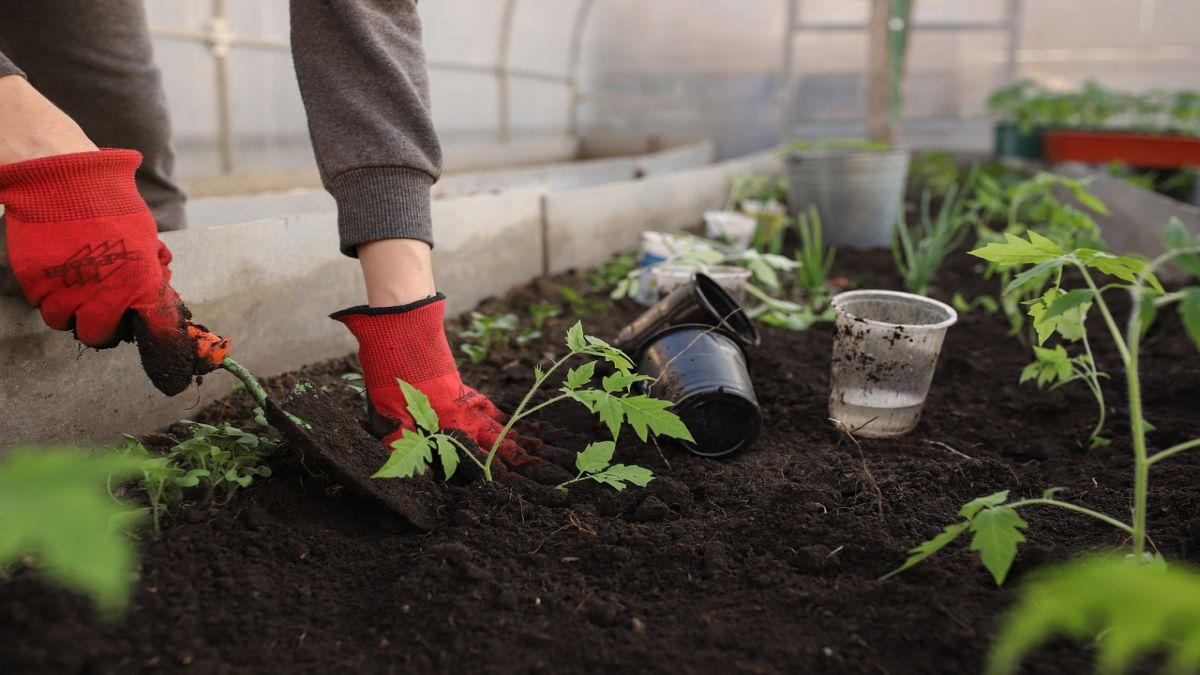
Enhancing Biodiversity
Creating a biodiverse garden not only enhances its beauty but also supports a healthy ecosystem. Incorporate a variety of plants that attract pollinators such as bees, butterflies, and birds.
Choose a mix of flowering plants with different bloom times to provide nectar and pollen throughout the growing season. Include herbs, grasses, and native plants to provide food and shelter for beneficial insects and wildlife.
To further enhance biodiversity, create habitats such as birdhouses, bee hotels, and butterfly gardens to attract and support a diverse range of species.
Birdhouses provide nesting sites for cavity-nesting birds like bluebirds and wrens, while bee hotels offer shelter for solitary bees.
Butterfly gardens featuring nectar-rich plants like milkweed, butterfly bush, and lantana provide food and breeding grounds for these beautiful insects.
Avoid using chemical pesticides and fertilizers that can harm beneficial insects and disrupt the natural balance of your garden. Instead, opt for organic and eco-friendly gardening practices to promote a harmonious and sustainable environment.
Encourage natural predators like ladybugs, lacewings, and praying mantises to control pests, and use organic fertilizers like compost or bone meal to nourish your plants.
Seasonal Care and Long-Term Planning
As spring transitions into summer, continue to care for your garden by staying vigilant against pests, diseases, and weeds. Regularly fertilize your plants to provide essential nutrients for growth and blooming.
Use a balanced, slow-release fertilizer or apply compost tea to provide a steady supply of nutrients throughout the season.
Deadhead spent flowers and prune overgrown plants to maintain a tidy and healthy garden. Remove any diseased or damaged foliage to prevent the spread of pathogens.
Looking ahead, consider long-term planning for your garden by incorporating perennial plants that will return year after year. Perennials like hostas, peonies, and irises provide a reliable foundation for your garden, requiring less maintenance than annuals.
Create a garden calendar to track planting times, maintenance tasks, and seasonal changes.
Experiment with new plant varieties and garden designs to keep your garden fresh and exciting year after year. Try growing a few new plants each season, whether it's a unique tomato variety or a striking ornamental grass.

Conclusion
In conclusion, spring is a time of renewal and growth that offers endless possibilities for garden enthusiasts to create a vibrant and flourishing garden.
By following these gardening tips for spring, you can cultivate a beautiful and sustainable garden that will bring joy and beauty to your outdoor space.
Remember to plan and prepare your garden, select suitable plants, provide proper care and maintenance, enhance biodiversity, and plan for the long term to create a garden that will thrive season after season. Happy gardening!
OTHER NEWS
-
- 10 Unique Indoor Garden Designs to Elevate Your Living Space
- By Molly Joshi 22 May,2024

-
- The Backbone of Your Garden: How Compost Can Transform Your Soil
- By Molly Joshi 17 May,2024

-
- How to Choose the Best Lawn and Landscaping Services for Your Home
- By Prodosh Kundu 28 Aug,2024

-
- Gardening Guide: Integrating Native Plants into Landscapes for Ecological Benefits
- By Prodosh Kundu 24 Jun,2024
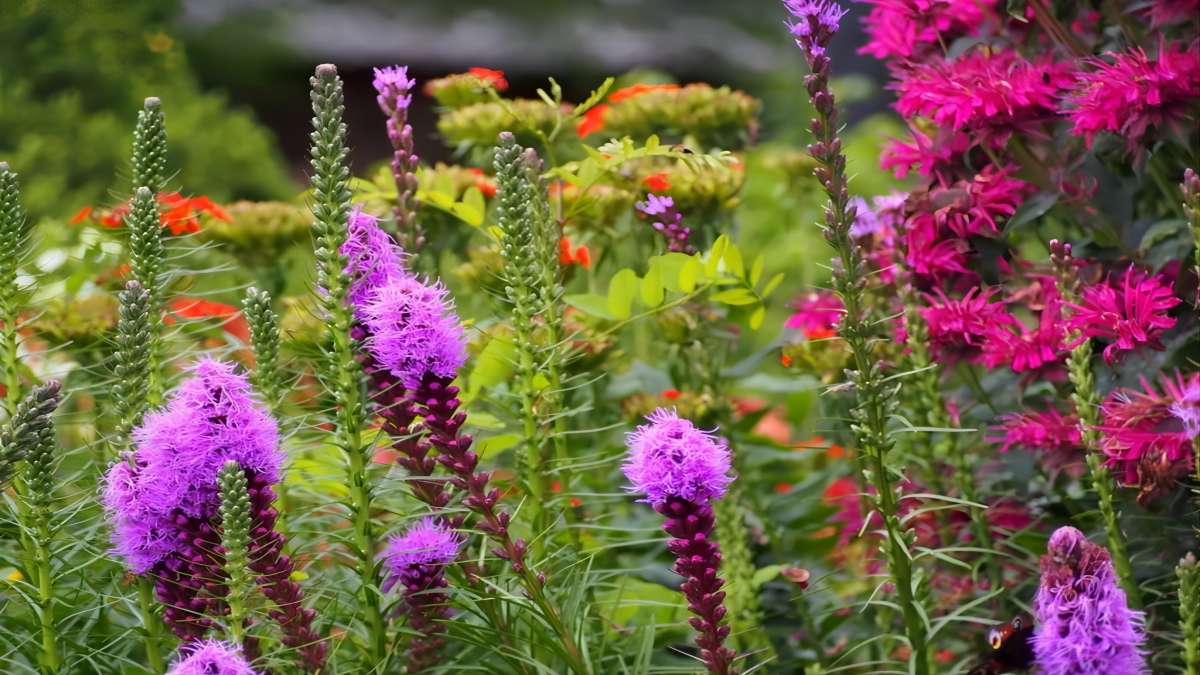
-
- Effortless Summer Gardening Hacks for a Lush Landscape
- By Molly Joshi 23 May,2024
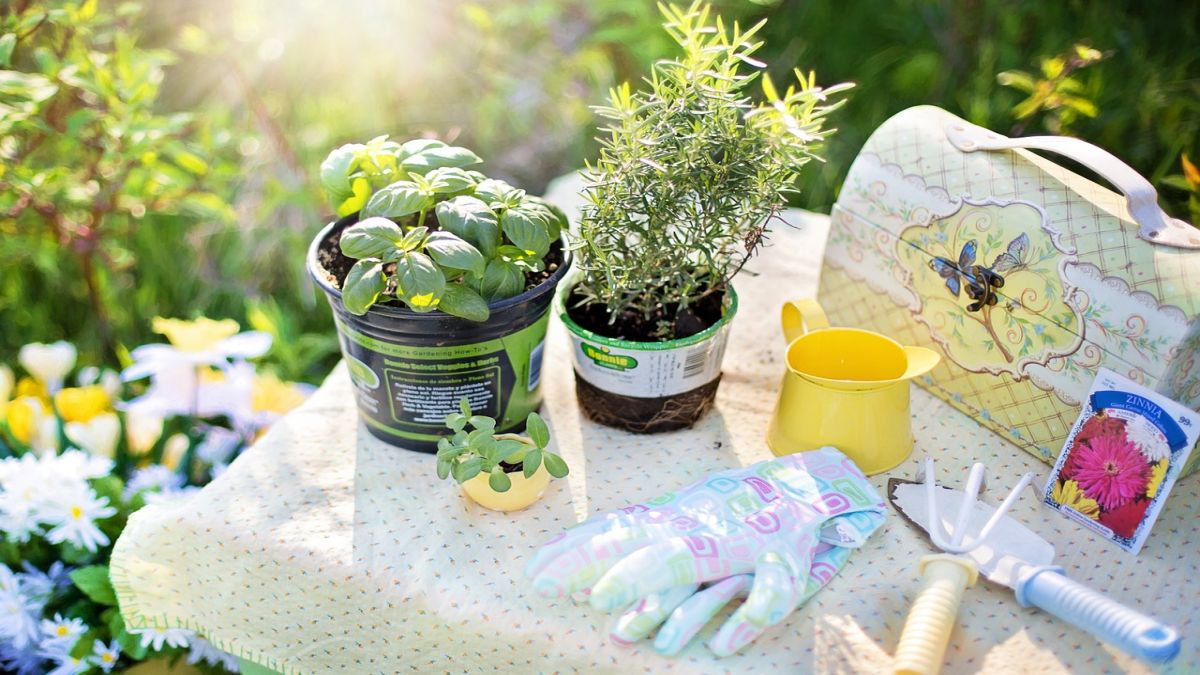
-
- Here’s a complete guide on what you should prepare before planting your seeds.
- By Prodosh Kundu 18 Jul,2024
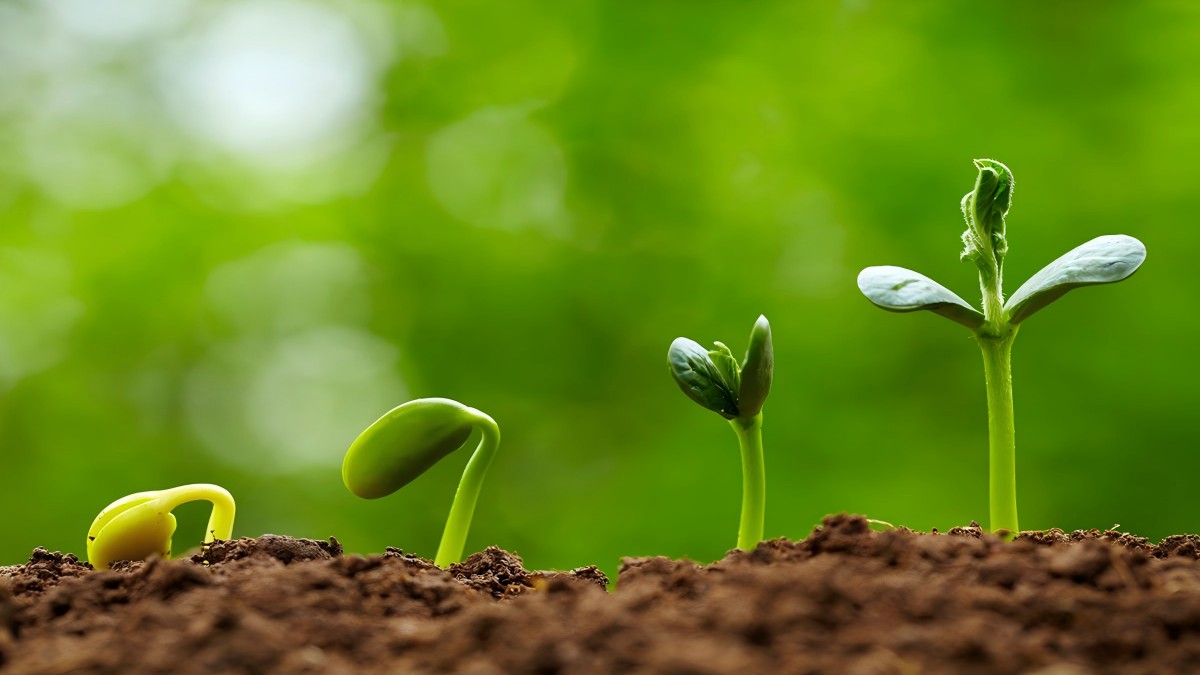
-
- Planting for Wellness: How Indoor Plants Can Improve Your Health and Happiness
- By Molly Joshi 22 May,2024

-
- Embrace the Beauty of Autumn: Essential Gardening Tips for Fall
- By Molly Joshi 23 May,2024
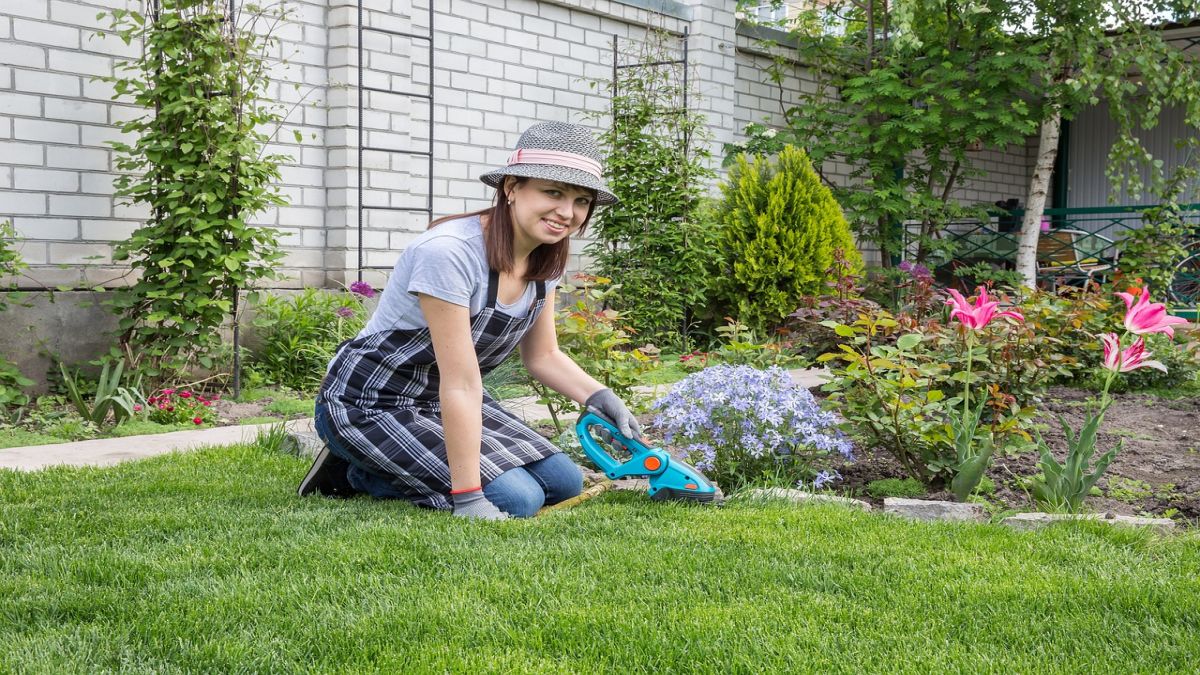
-
- Garden Harmony: Choosing the Right Plants for Your Perfect Oasis
- By Molly Joshi 22 May,2024

-
- Gardening Tips for Spring: Cultivating a Flourishing Garden
- By Molly Joshi 23 May,2024
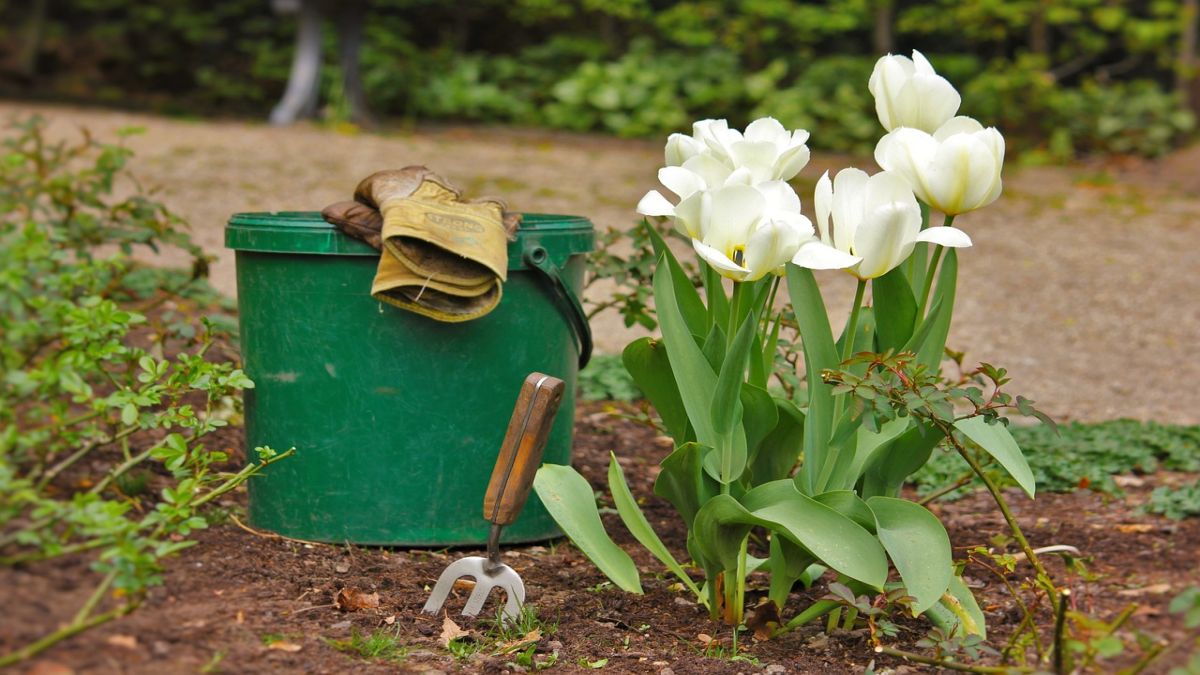
-
- In-Depth Guide to Selecting, Planting, and Maintaining Backyard Orchard Fruit Trees
- By Prodosh Kundu 03 Jun,2024

-
- Get Your Garden Groove On_ Essential Tools for Plant Parenthood
- By Molly Joshi 22 May,2024

 1
1 1
1